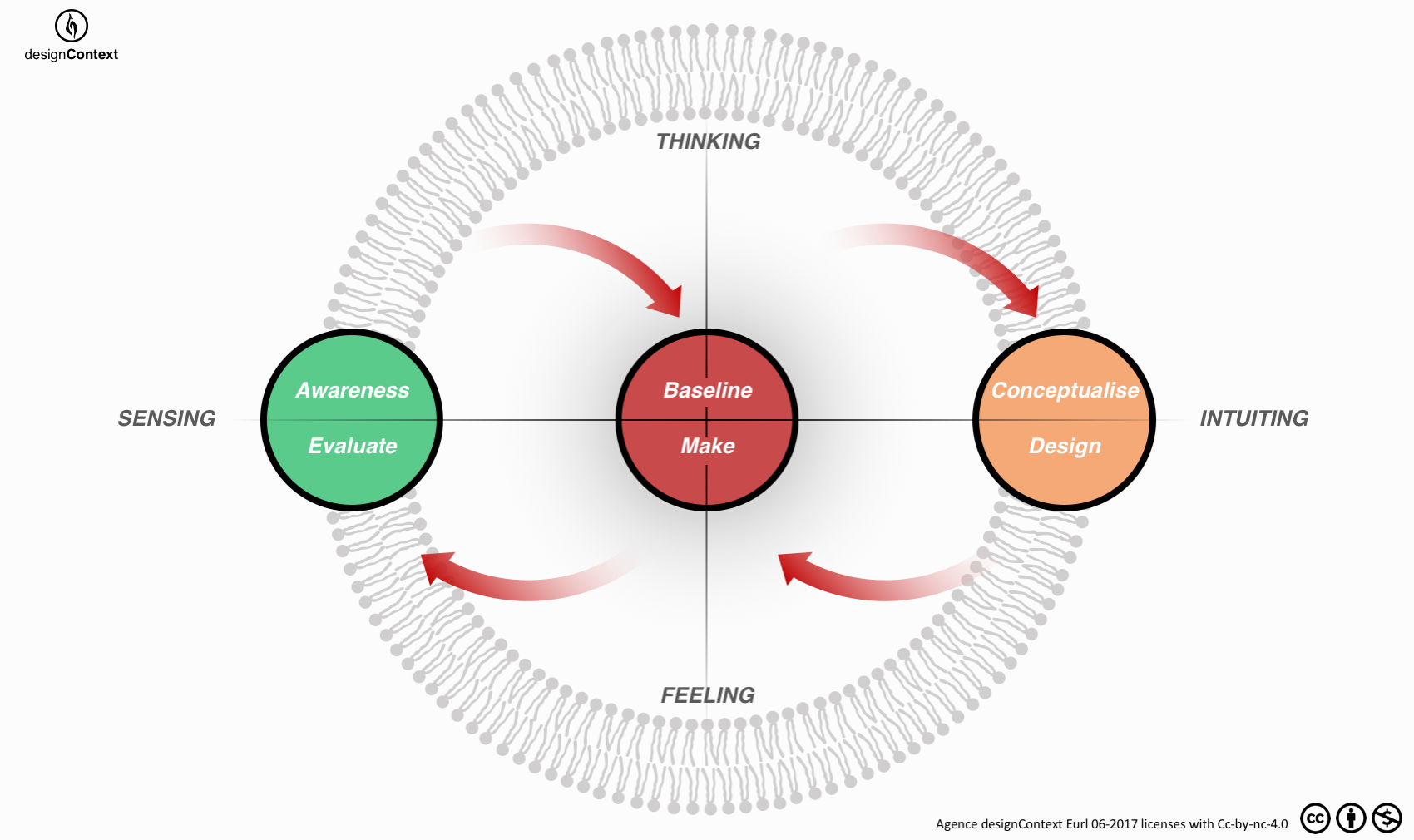
Systemic Project Method
Created for understanding and managing different deliverables, expectations, skill-sets, timing, and phases within projects.
“A system is an entity which maintains its existence through the mutual interaction of its parts.”
Karl Ludwig von Bertalanffy (Austrian Biologist) Bold type added.

System Boundaries
Through the lens of systems thinking, a project can be described as dynamic - it can and will change over time. A project has a ‘systems boundary’ - a theoretical line, made by those within the project, around the project, which attempts to define what is in, and what is outside, the scope of the project. Just like a membrane of all cells in all living organisms (as this lipid bilayer illustration in the image represents), the systems boundary is dynamic - it can change shape, and even size (up to a point), and it is permeable, as it allows and controls, different flows in and out, in different quantities and at different rates.
Systemic (or holistic) tools for understanding the world, need to define (and redefine along the way) a virtual boundary, as we know everything is related to everything else, and that there are no boundaries in nature; however, for making actions and thinking possible, some limiting (dynamic) line needs to be made, somewhere, so that a project can be managed effectively.
A systems boundary can be defined by one, or a combination of factors, such as: a ‘theme’; the available ‘factors of production,’ i.e., the tools at hand, the skills and experience of the team, the vision (and risk levels) of the entrepreneur; the money and time available; and other priorities and influences, such as the culture of the team (and it’s socio-environmental context), it’s principles (ethics), and vision and mission. The ‘art’ of good project management is often being both flexible enough to adjust the systems boundary when required, whilst trying to manage how it changes (as change is inevitable) and preventing collapse (if collapse is not the preferred course of action).
When designing within complex systems (such as projects), there can be a variety of different boundaries - boundaries within boundaries (Holons) - as there can be sub-projects within larger projects, and so on.


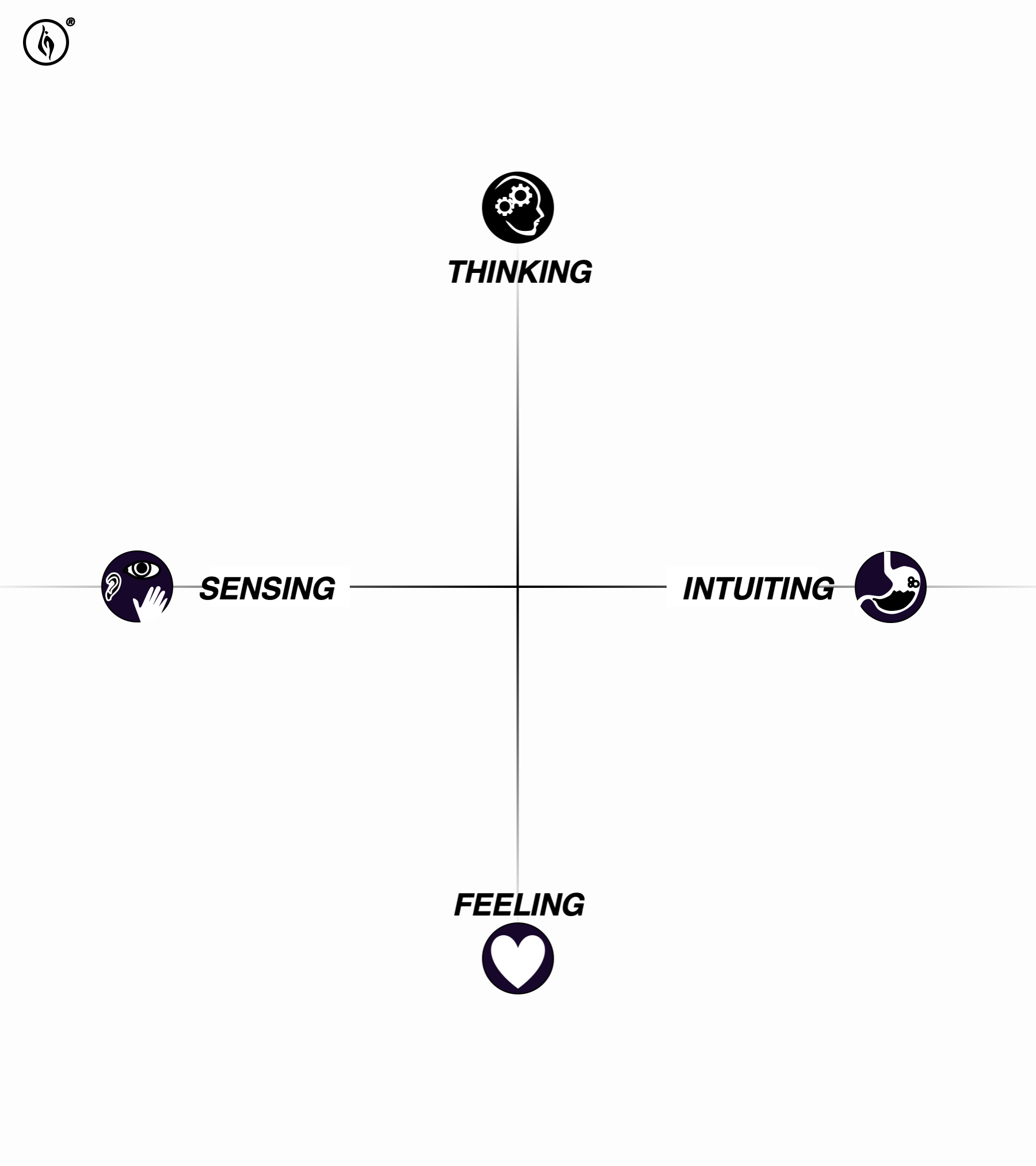
Functions of Personality (and Projects)
The Swiss psychologist Carl G. Jung made a profound insight with his development of the Four Functions of Personality - or ‘ways of knowing’ - common to all humanity, which includes: Sensing, Thinking, Intuiting, and Feeling.
The four functions of personality are positioned as ‘opposites’ (dichotomies) - thinking is seen as the opposite to feeling, and sensing is seen as the opposite to intuiting. Jung observed, after treating hundreds of patients, that each of his patients had a inherent bias towards one of the four functions, and that it’s opposite was the weakest, and at least one of the remaining two partially supported the lead bias. He saw his role as a therapist was to support the development of the weak or neglected function, to achieve a well-rounded personality.
Sensing, sensory experience or sensation (hearing, smell, taste, touch, and sight), allows a direct flow of ‘raw data,’ of what is going on around us, into our bodies. Thinking, is the part where we interpret this raw data and use tools, such as logic, to understand what this data is and what it means. Feeling, can put a negative or positive perspective on a experience, and can help value the experience, and evaluate it. Feeling also can ascribe ethics to a situation. Intuiting is a key element of systemic thinking - it is the raw insights, and sensitivity to the quality of things (not just the quantity) - and the unconscious sense of deeper meaning and interconnectedness.
Projects involve, are managed by, and are created by, people (sometimes the obvious needs to be stated), and so project managers also benefit by being aware of these four functions. Projects, like the people that create them, have different biases, and have different biases at different stages of the project. For example, when projects begin, the bias is towards Sensing, and understanding the context of situation. Once this first work is made, then the bias moves to Thinking, where these insights can be interpreted, shared and debated. This provides the base to project forward into the future and use Intuiting to provoke new ideas; and then Feeling, to assess, and evaluate the potentials and consequences of these concepts.
From a project management perspective, people’s bias towards particular functions is relatively clear: within a team, there are often those people who are better at one of these four functions: i.e., those that are better at starting projects, analysis, evaluating, or conceptualising; and so, it is the role of the team or project manager(s) to be aware of these ‘strengths,’ and to have a complementary team that can bias in all areas, whilst provoking responsibility in the ‘weak’ areas of each team member (whilst helping to manage potential conflicts - as these different biases can create very different views of a project), to promote the continuous development of a well-rounded project team.

Interactions and Learning
The ‘mutual interactions’ emphasized by Ludwig von Bertalanffy (top of the page), are a key insight in systems thinking. It highlights that there is something happening between two elements, over time; something that goes beyond the linear (or directional) cause and effect. Rather, the green element (in the image) affects the red element, and, the red elements, also affects the green element.
Whenever there is a project method that draws an arrow from left-to-right (or right-to-left in Arabic, Hebrew, Persian and Urdu), there is a mix between time management - the resource that often seems the most limited in businesses - with managing learning. Time may be linear (let’s not get into the physics of time - right now;-)), but knowledge development is not. And this is what is really being managed in a project - moving the team members, and others (such as stake-holders or customers), from one mental model or state to another. And this is cyclic, or more precisely- like a spiral: building on what was learnt before, and coming around to a point we understood previously, but this time with greater insight, so now at a higher level of knowledge and experience.
For instance, often it may be felt that the project is going ‘backwards,' or there is a re-opening of the 'why's' of a project (which are often asked at the beginning) when, at least in terms of time, it maybe half way through the process. However, the new 'why's' that are being asked at this stage, will often be more pertinent, and closer to the new reality than those asked at the start of the project. Therefore, it is not a move ‘backwards,’ instead it is simply clarifying that the understanding of reality fits with the new reality. However, if a project method shows a linear time line, then obviously it looks like the project is going backwards.
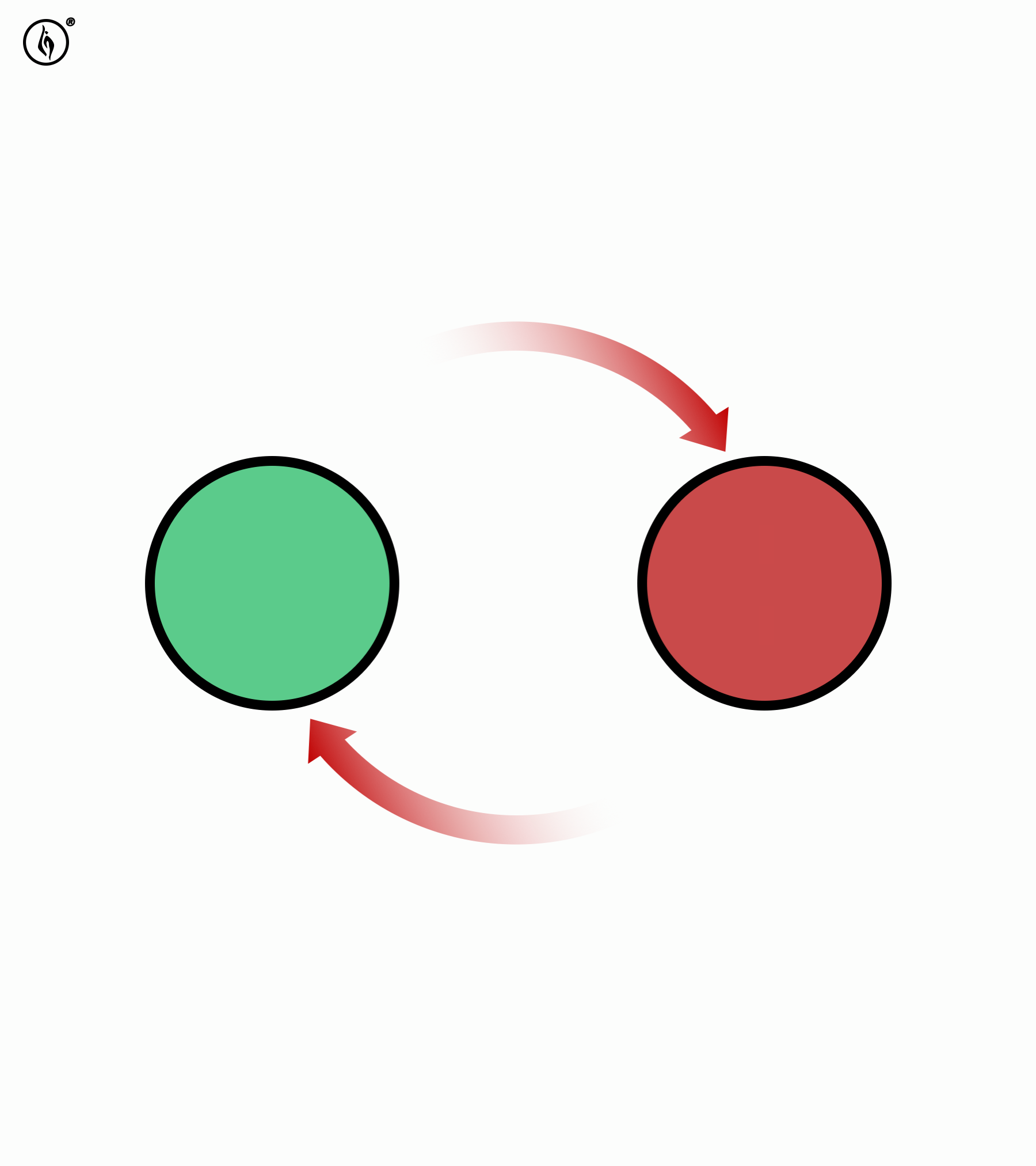
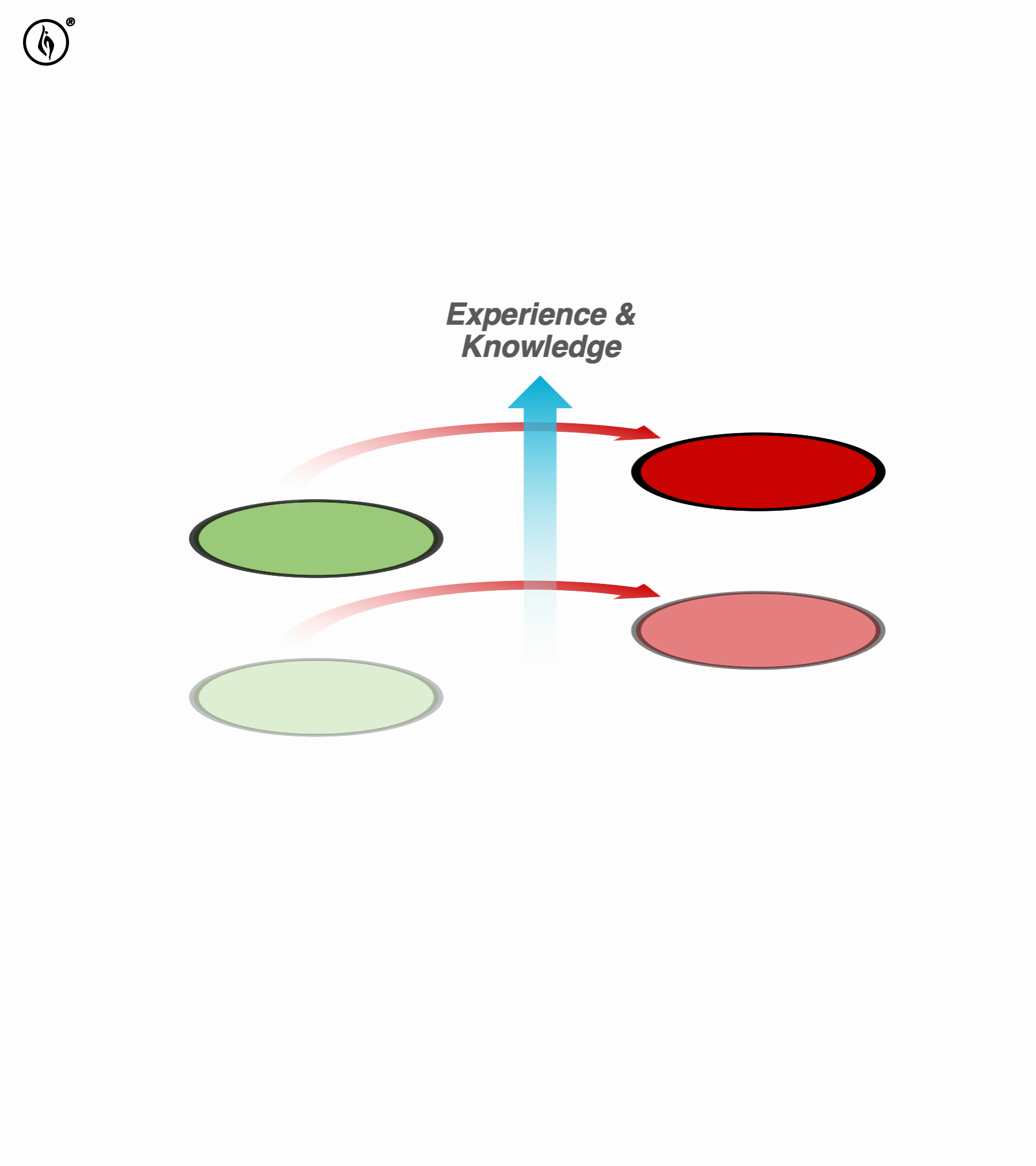

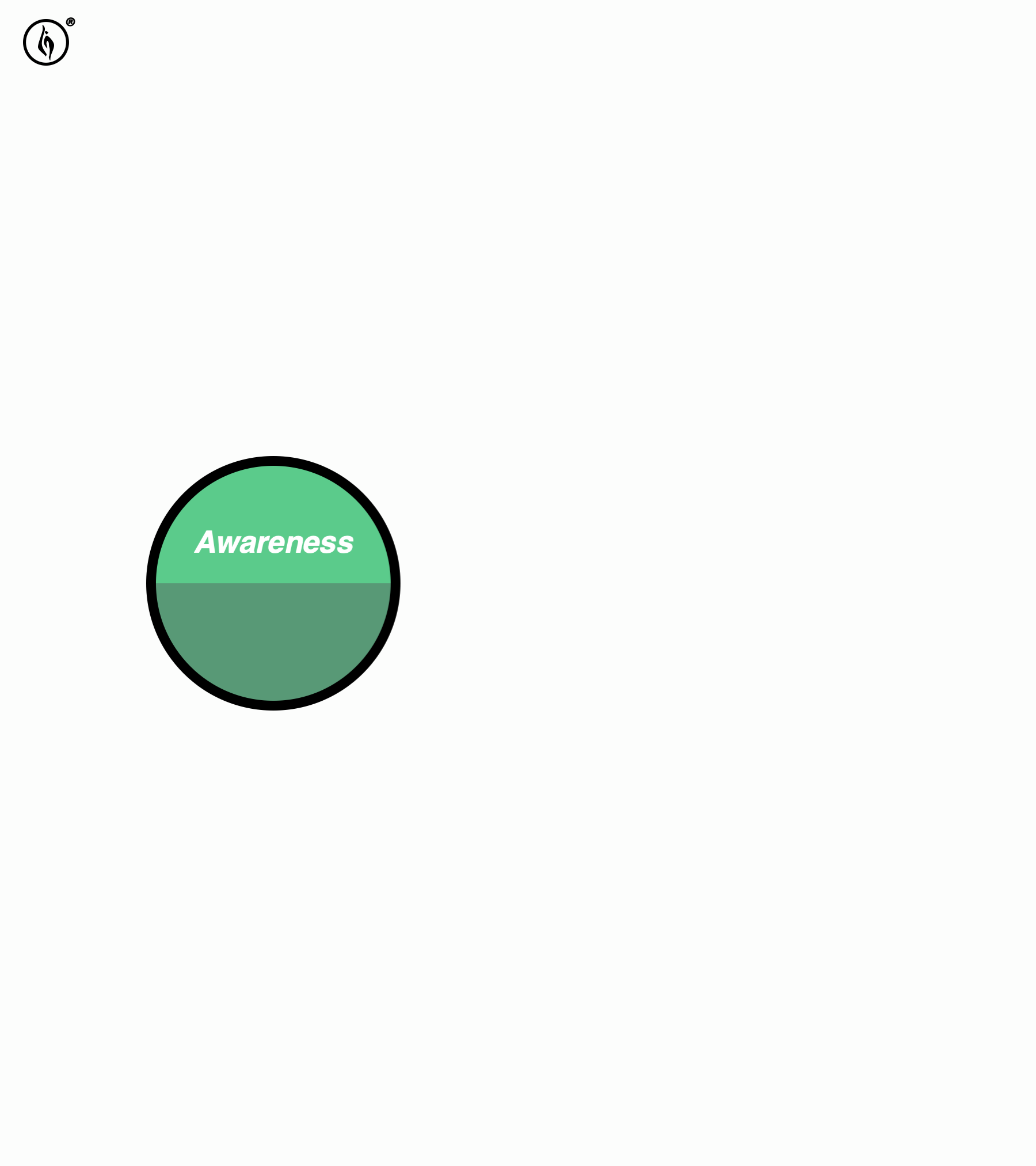
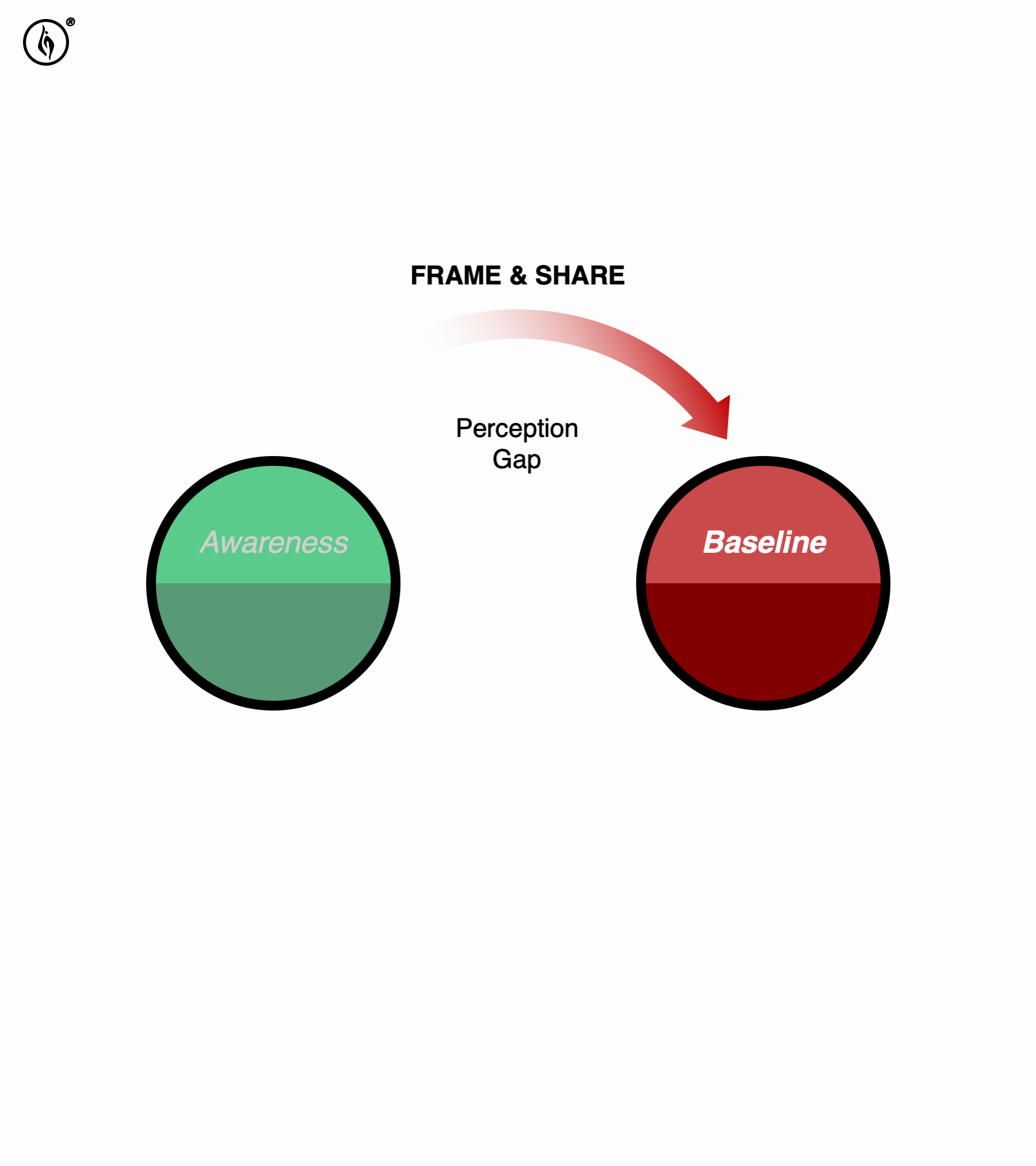
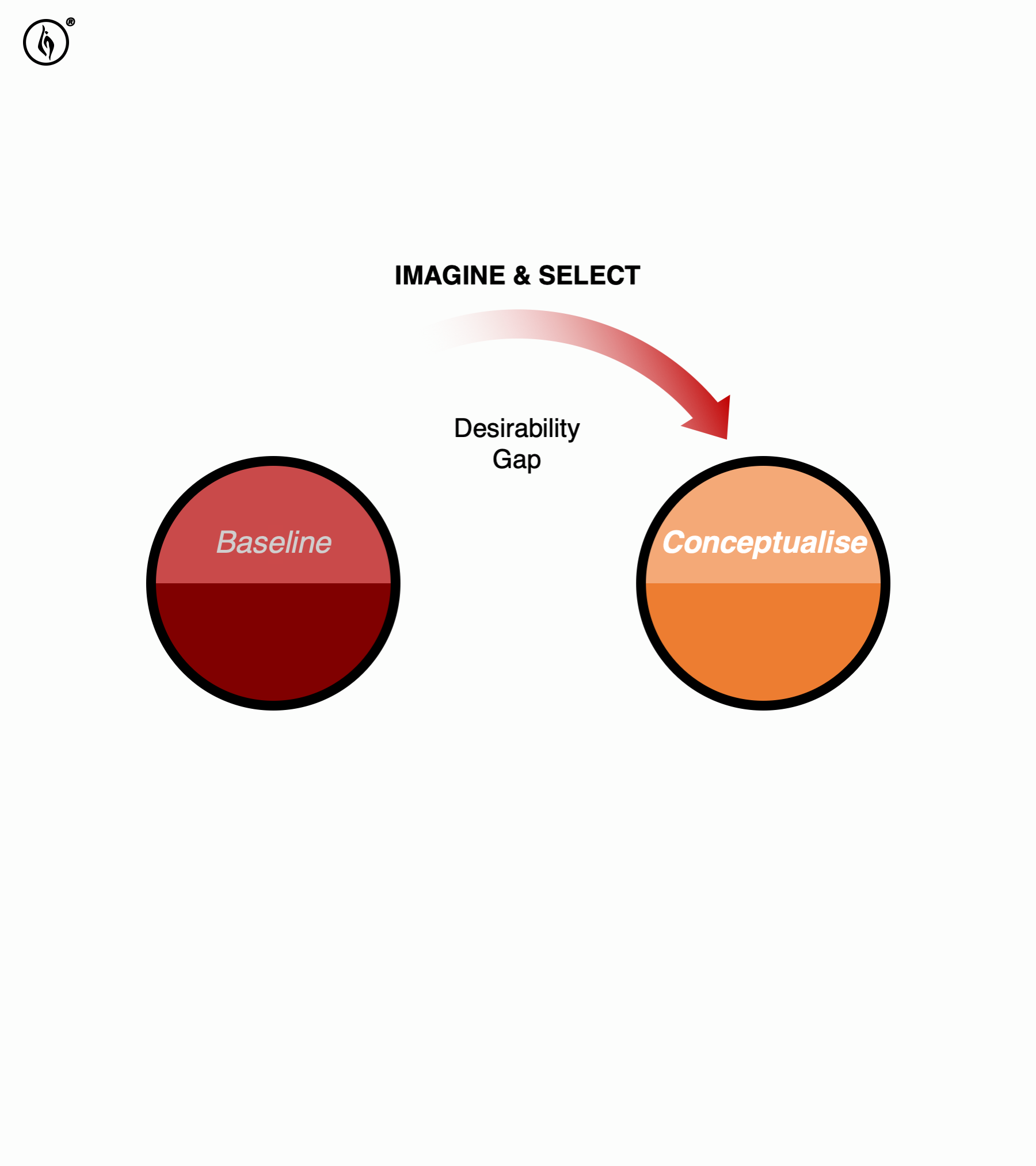
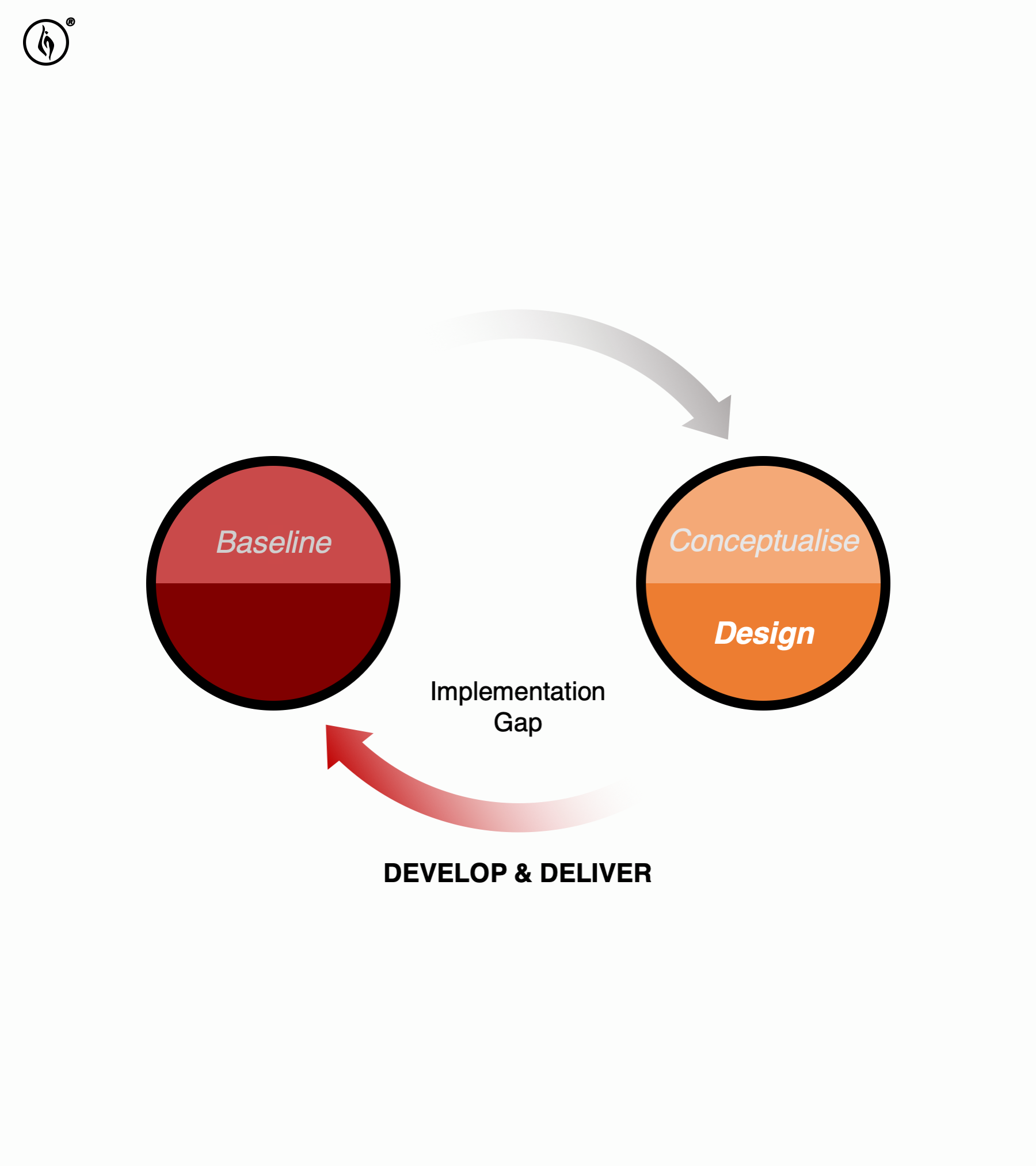
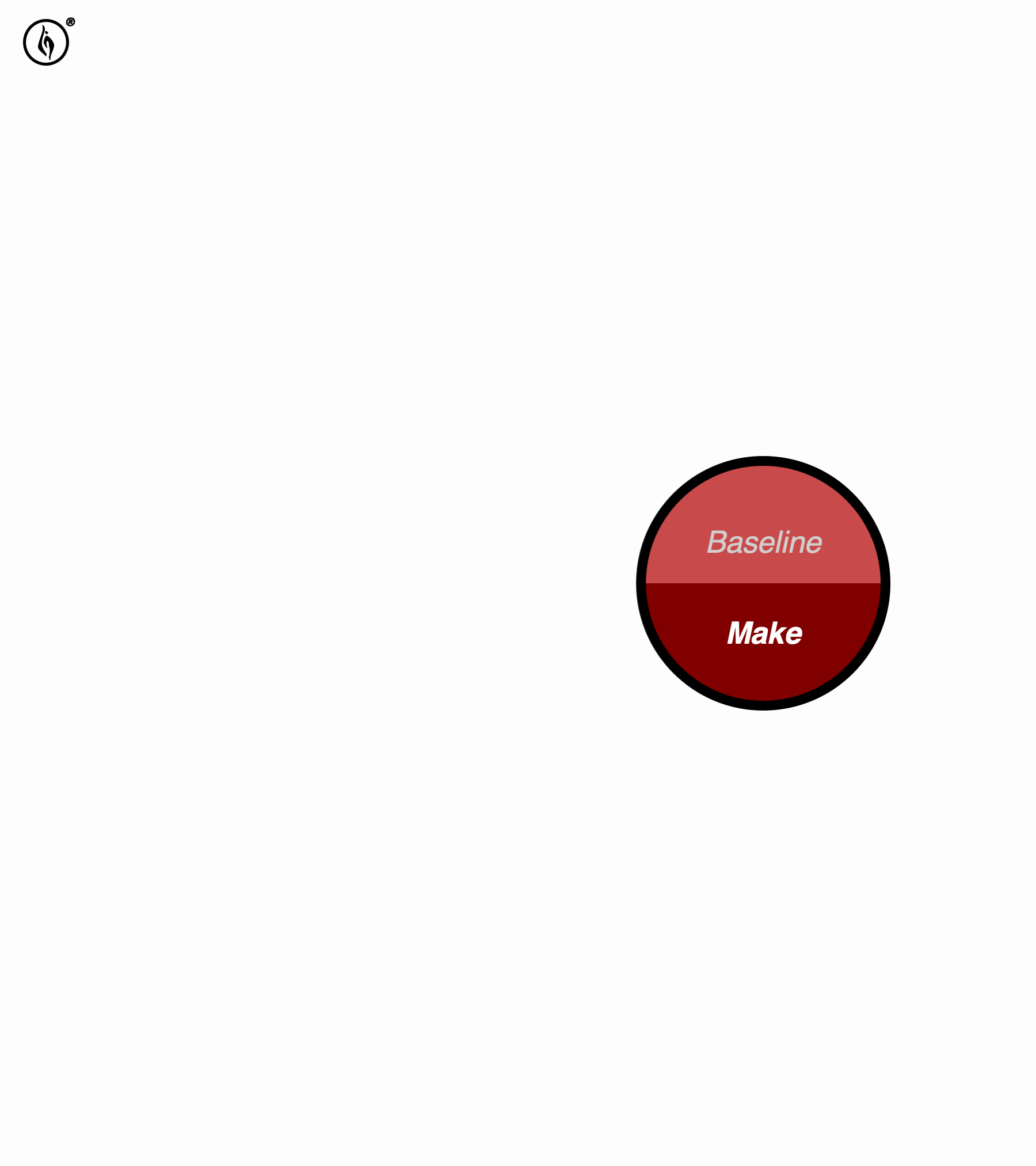
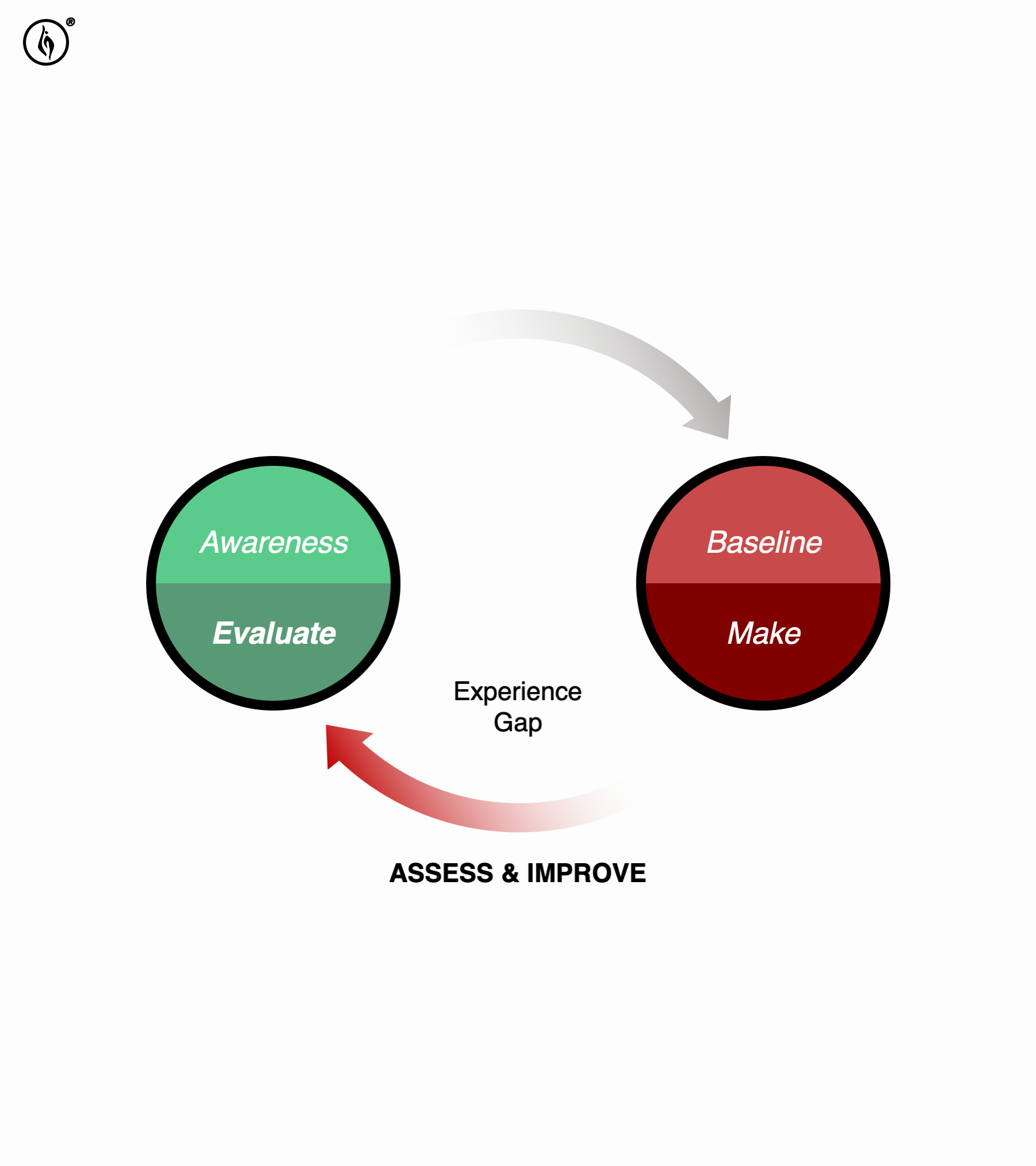
Key Elements within Projects
Awareness
Projects can start at different places, however, the typical starting point is the divergent ‘Awareness’ stage. Here, the question can be asked ‘what do we think we know’ - about this theme, issue, subject, or problem? And the issue of setting the initial systems boundary can also be developed here - asking the question ‘how big is here?’ for instance. Awareness is really about trying to get a general grasp of the reality, often based on past insights or work (or case studies). This can take the form of conferences, research projects, training courses, or researching the unique stories within a place for instance.
Baseline
Following this awareness work, which is shared within a team, and to and by stakeholders, the next convergent stage is ‘Baseline.’ This is where these broader insights come to the specific realities of the project and people identified in the place. This is where ‘what we thought we knew’ has to evolve to ‘what is actually happening here - now?’ Therefore, there is a ‘perception (or reality) gap’ to overcome, from understanding general concepts, and then thinking about how to apply them in a specific context. And it is here that more precise measurements, tests and questions can be made - and so there also needs to be agreed benchmarks: not only identifying what needs to be measured (i.e., KPIs), but also, what the resulting measurements actually show.
Conceptualise
Following baseline work, a project can move directly to ‘Make,’ by making adjustments to existing product pr services. However, the common next divergent step is ‘Conceptualise.’ This is where the question can evolve to ‘what do we want our future reality to actually be?,’ and so there is a desirability gap to overcome. This work focuses on building on the Awareness and Baseline work to develop and select coherent and relevant concepts.
Design
Following conceptualisation work, the project will move into the 'design' phase: designing and engineering the detailed designs of the selected concept(s), and developing supply and distribution chains. This can also include fast prototyping, where a minimum viable solution is made to test the concept in the market as soon as possible, which can feed inputs to the baseline, and even create new concepts.
Make
Following design, is ‘Make’ where the product or service is made and sold. This is where the skills of the maker, and the machines come together to produce products, and service provides produce and communicate the service. Here, new machines for manufacture might also need to be made.
Evaluate
The last of these key stages is ‘Evaluate,’ and is probably the stage least worked on - but it is here that the 'loop is closed' on understanding the reality - where new projects or iterations on the same theme can begin. Evaluation therefore, feeds Awareness. This can involve surveys, focus groups and interviews for instance. Developing the criteria to judge outcomes is a key part of this work.

This method is based on experience in, and leading, innovation projects, and work by others, particularly the UK Design Council (double-diamond) - which visualises the divergent and convergent stages within projects; behavioural economist Dan Ariely - amongst other interesting topics, has studied the knowledge and desirability gap; and Daniel H. Pink - his work covering how we move people from one mental state to another; systems thinking of course, adds the concepts of feedback-loops and systems boundaries; Carl Jung inspires the personality functions; and the Natural Step ABCD process.



